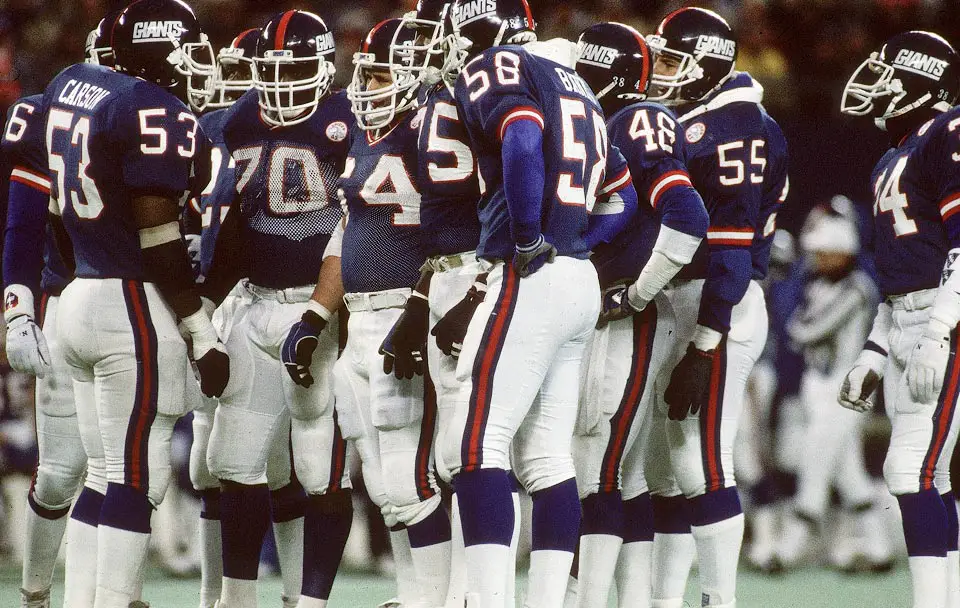
by Larry Schmitt | Jan 25, 2017 | Articles, New York Giants History
Ghosts come in a variety of forms. By the early 1980’s, the New York Football Giants had been haunted by a cavalcade of specters for over two decades. They were known as Frank Gifford, Sam Huff and Charlie Conerly – echoes from the glorious Golden Age – memories of...
by Eric Kennedy | Jan 27, 2015 | News and Notes
[contentblock id=1 img=html.png] Perry Fewell Joins Redskins as Defensive Backs Coach: Perry Fewell, the former defensive coordinator of the New York Giants who was fired by the team on January 7th, has joined the Washington Redskins as their new defensive backs...


